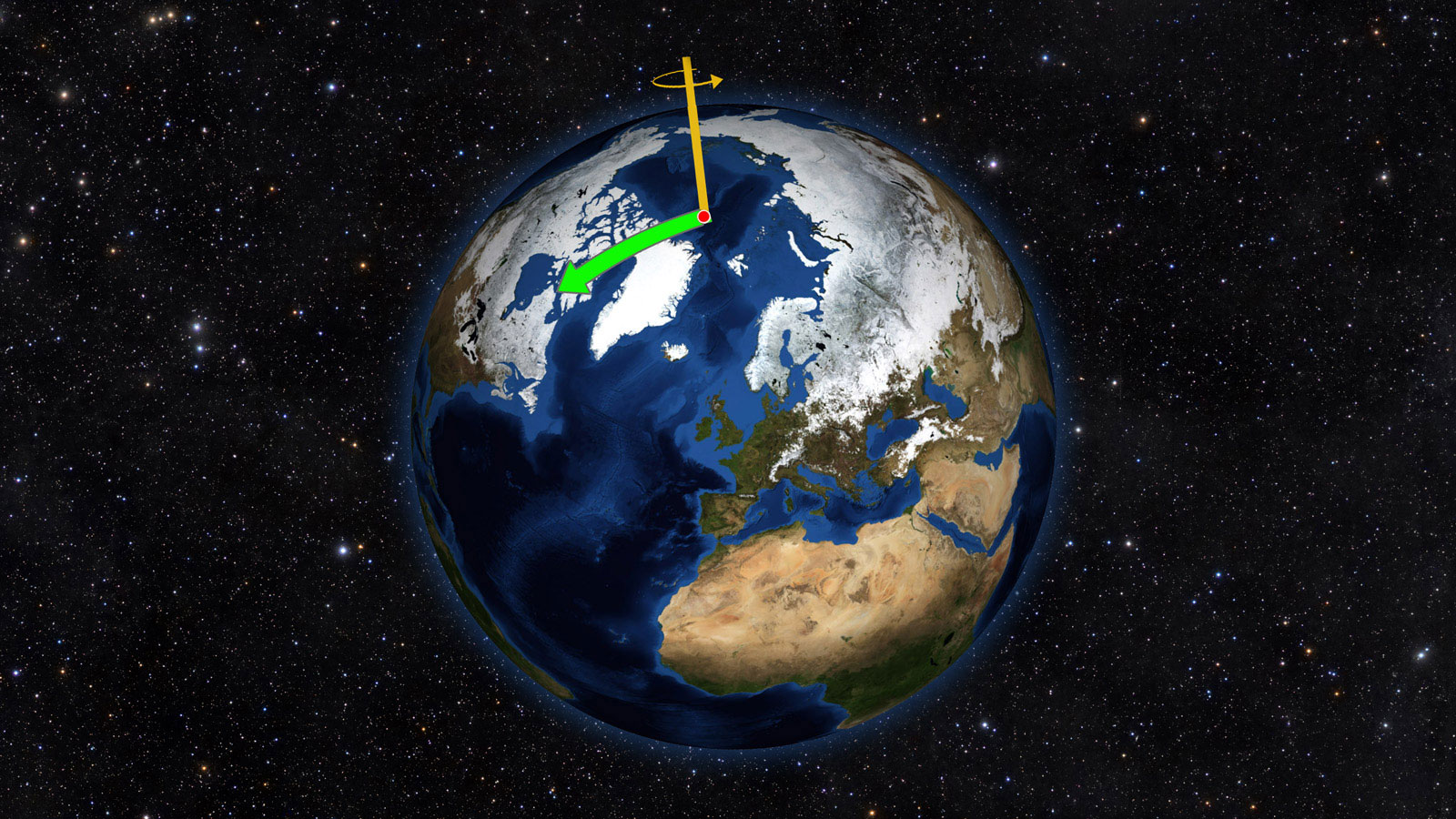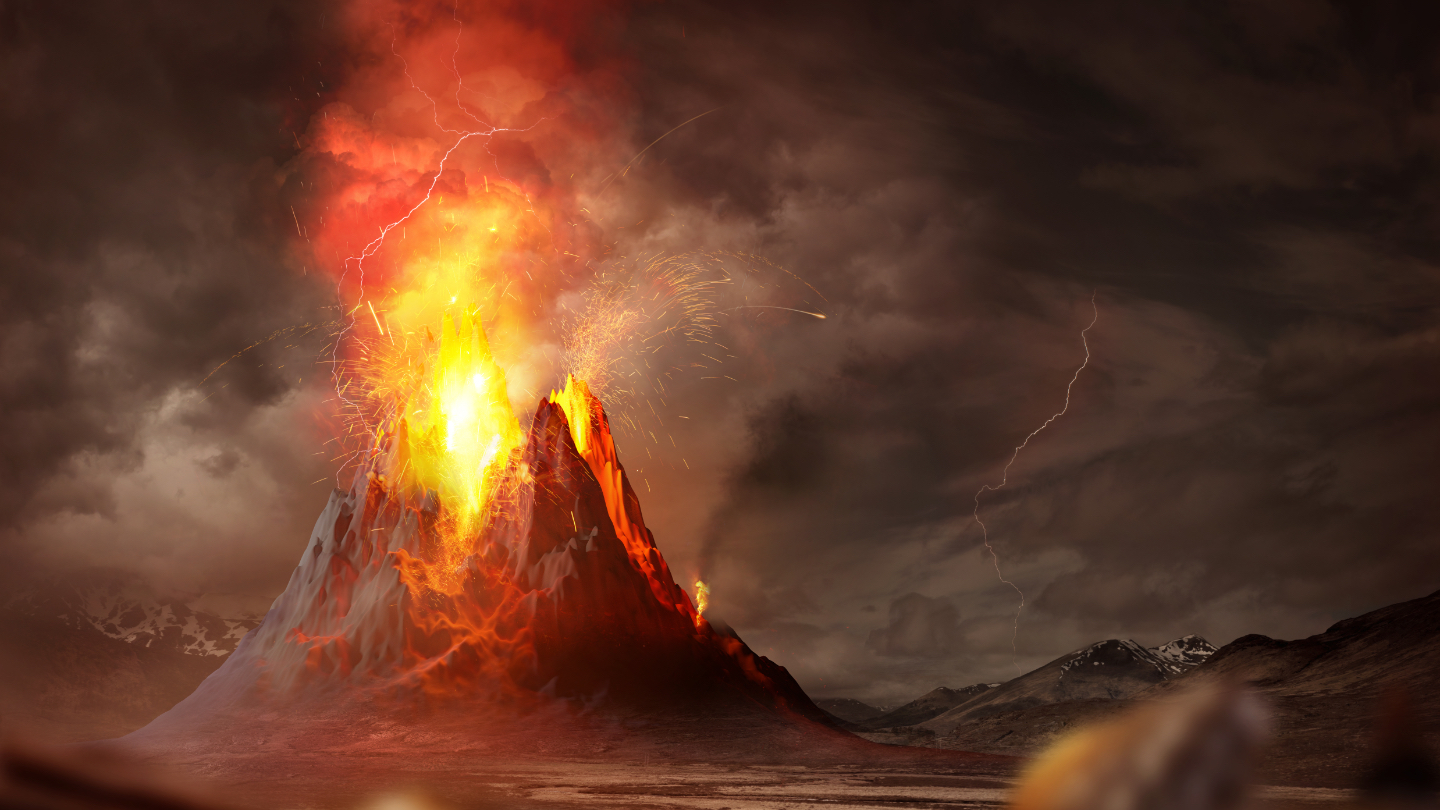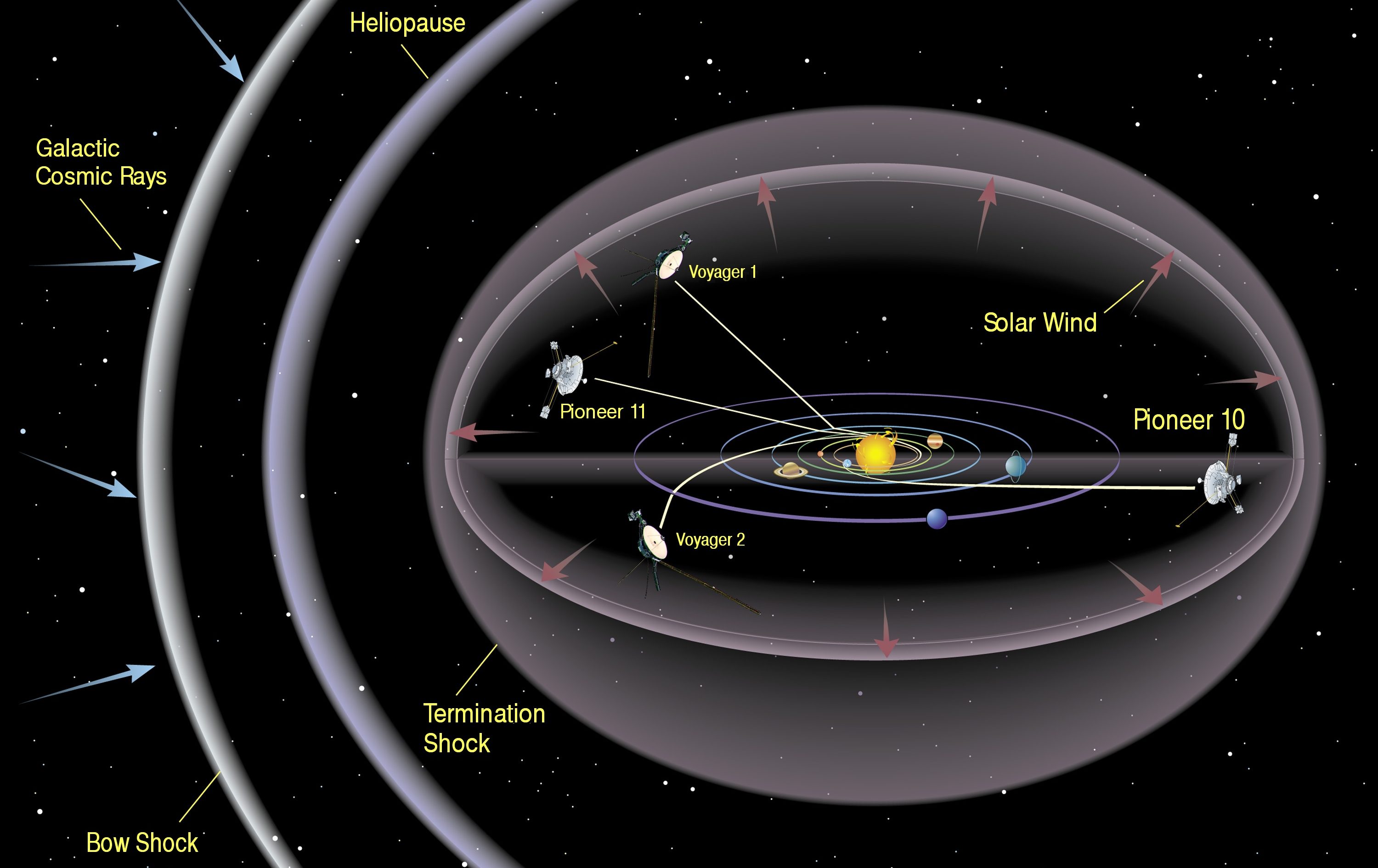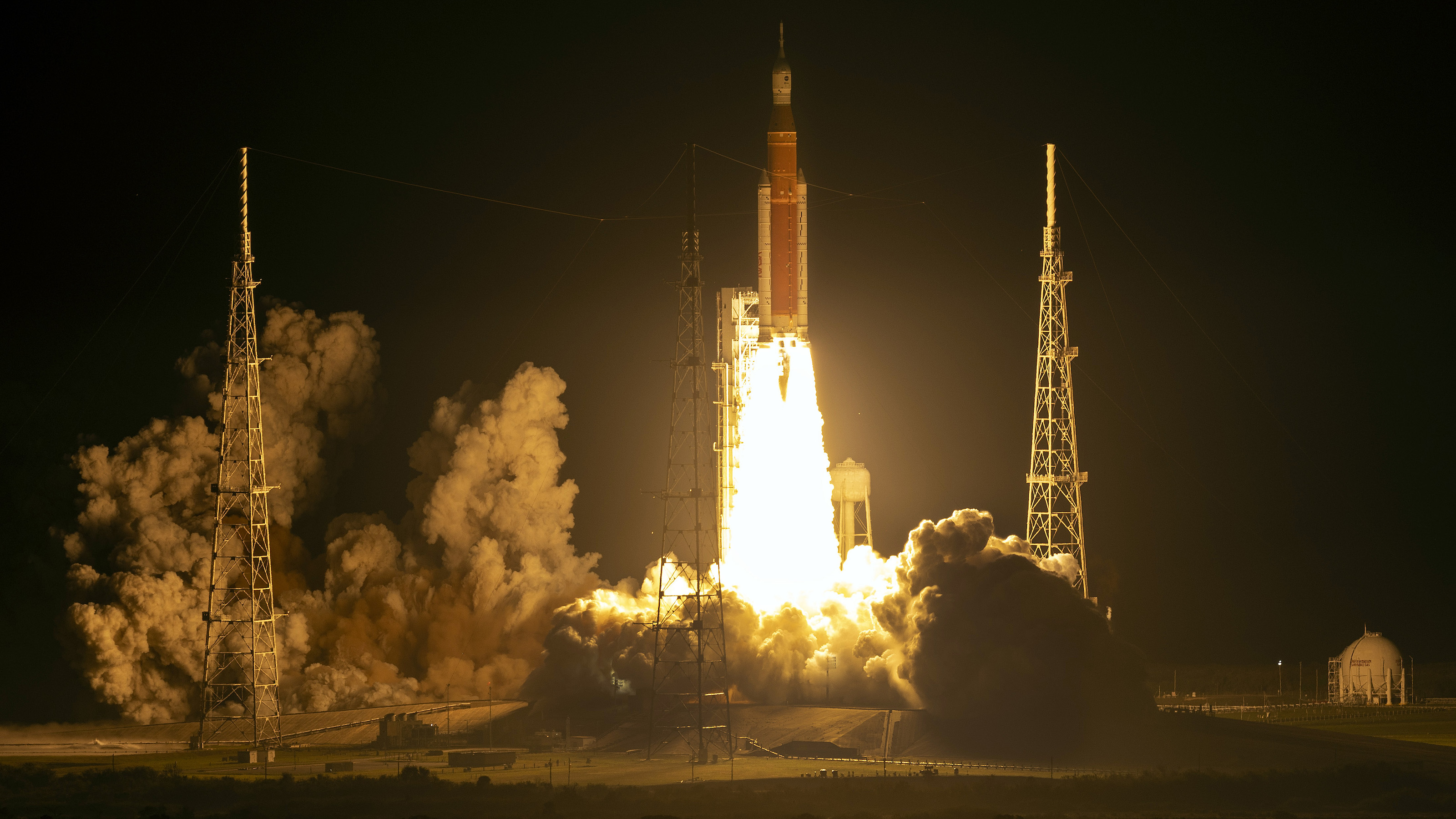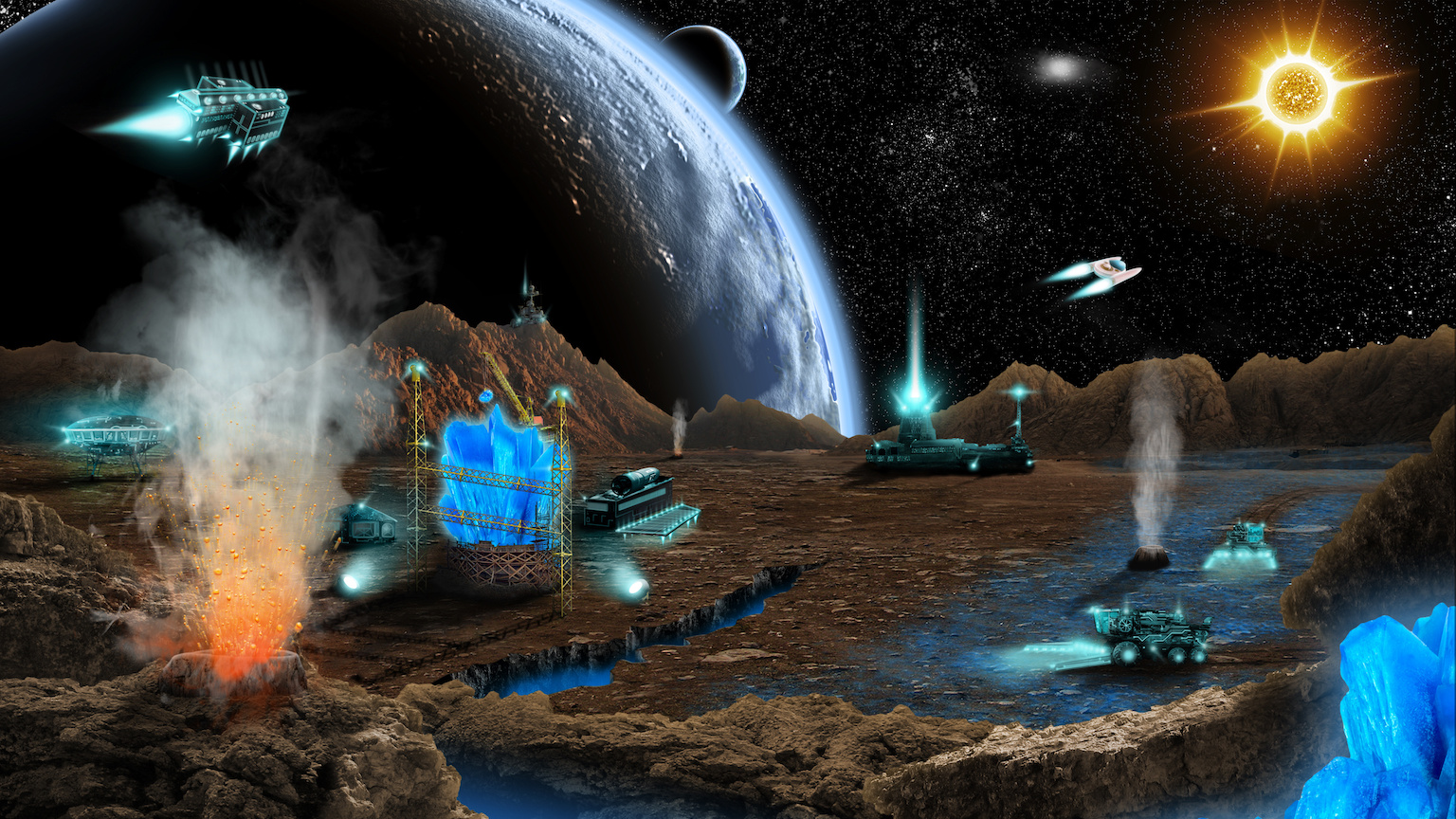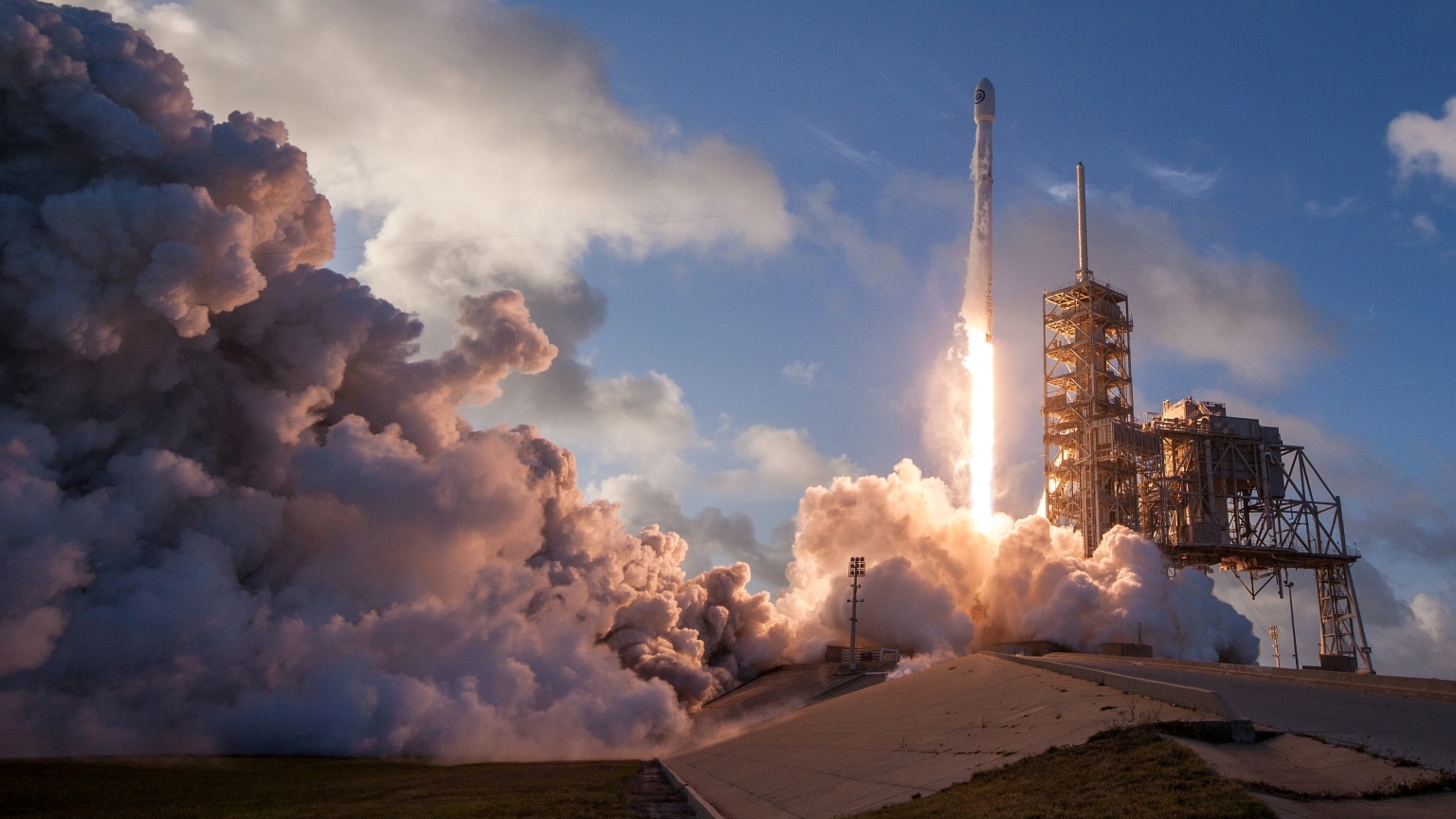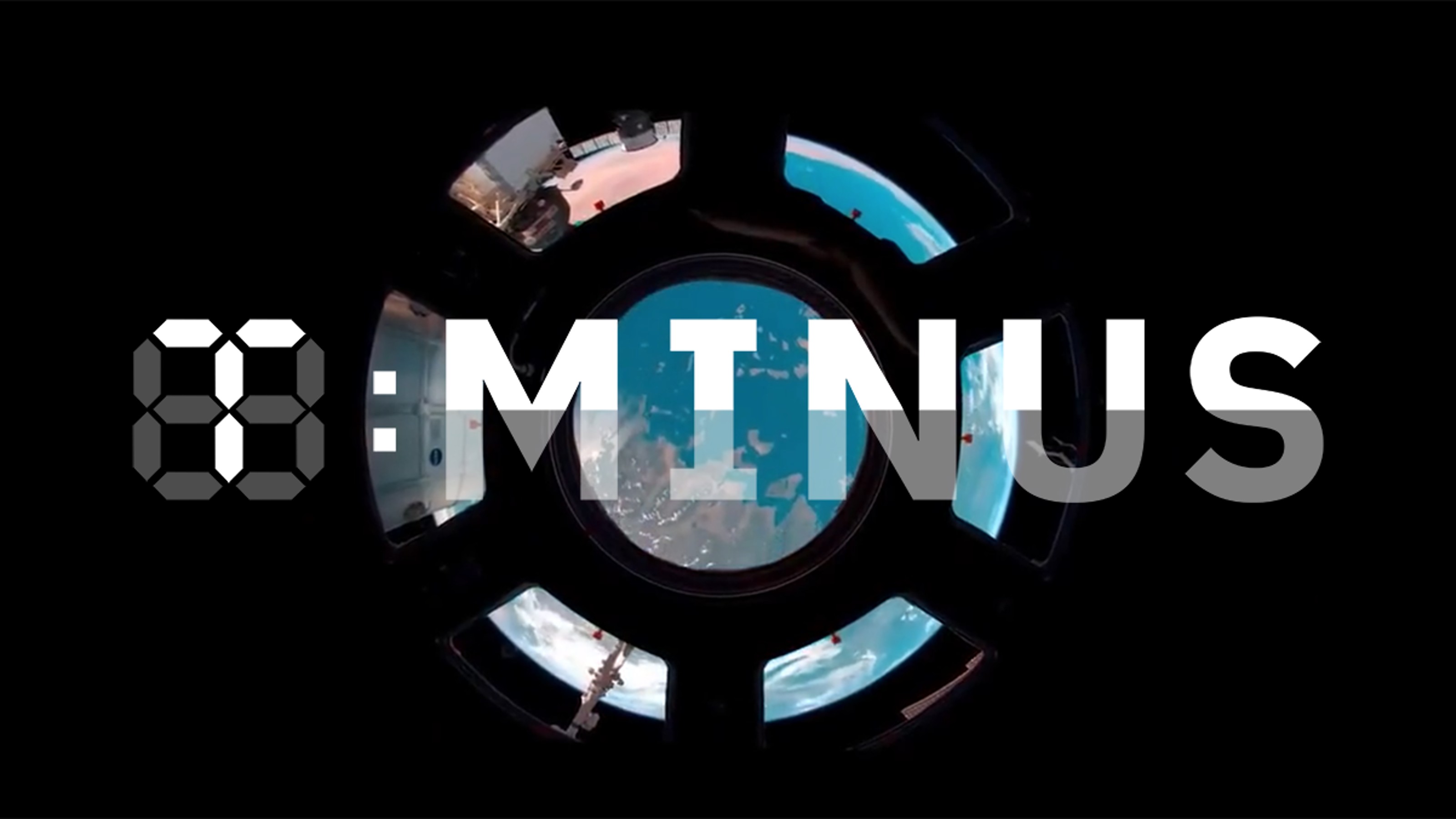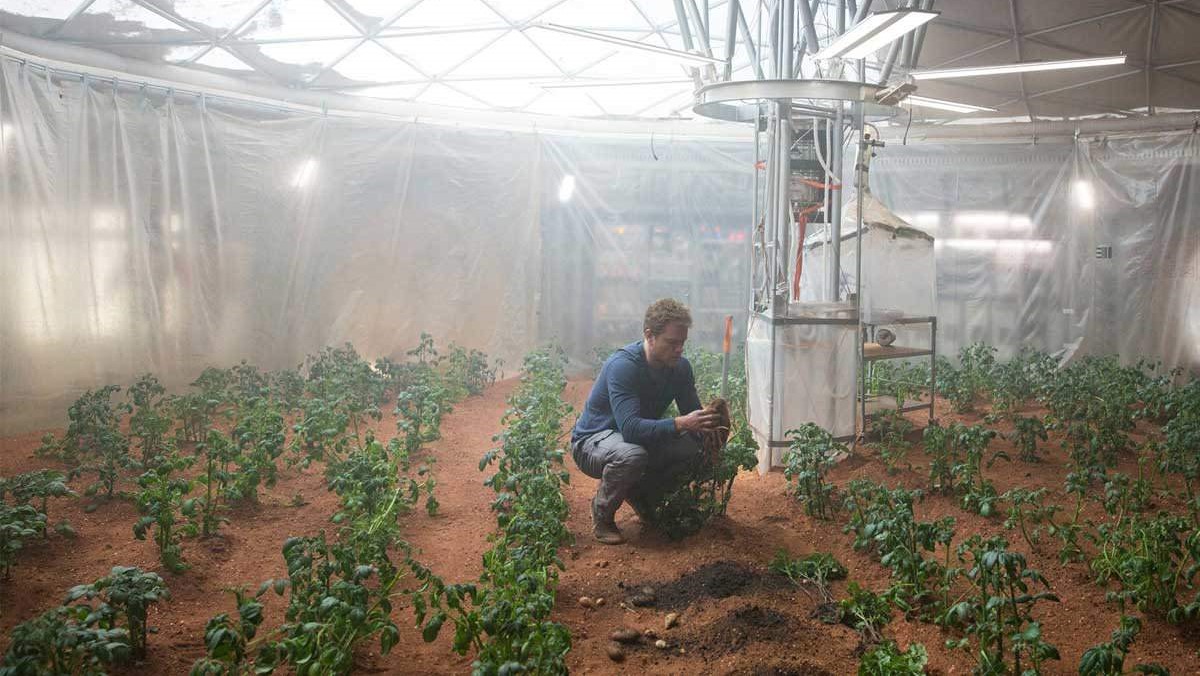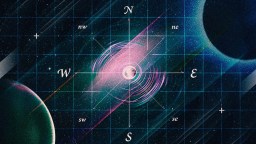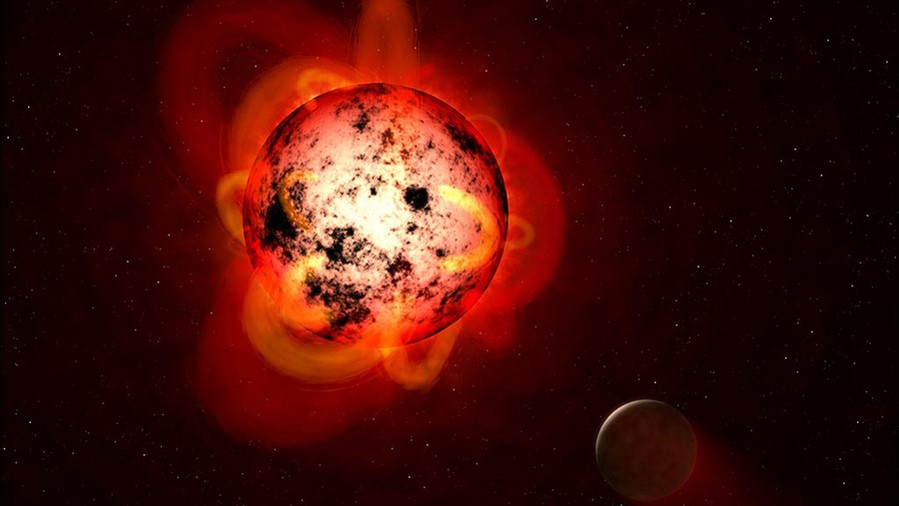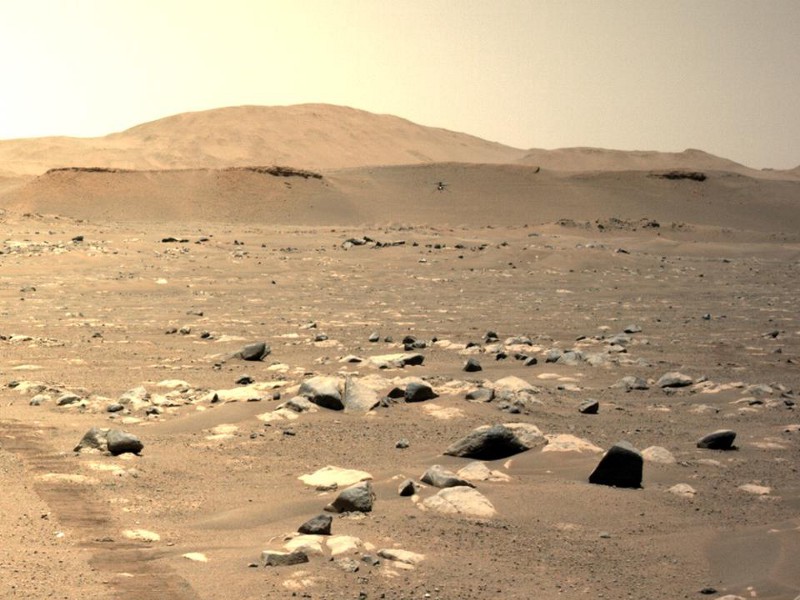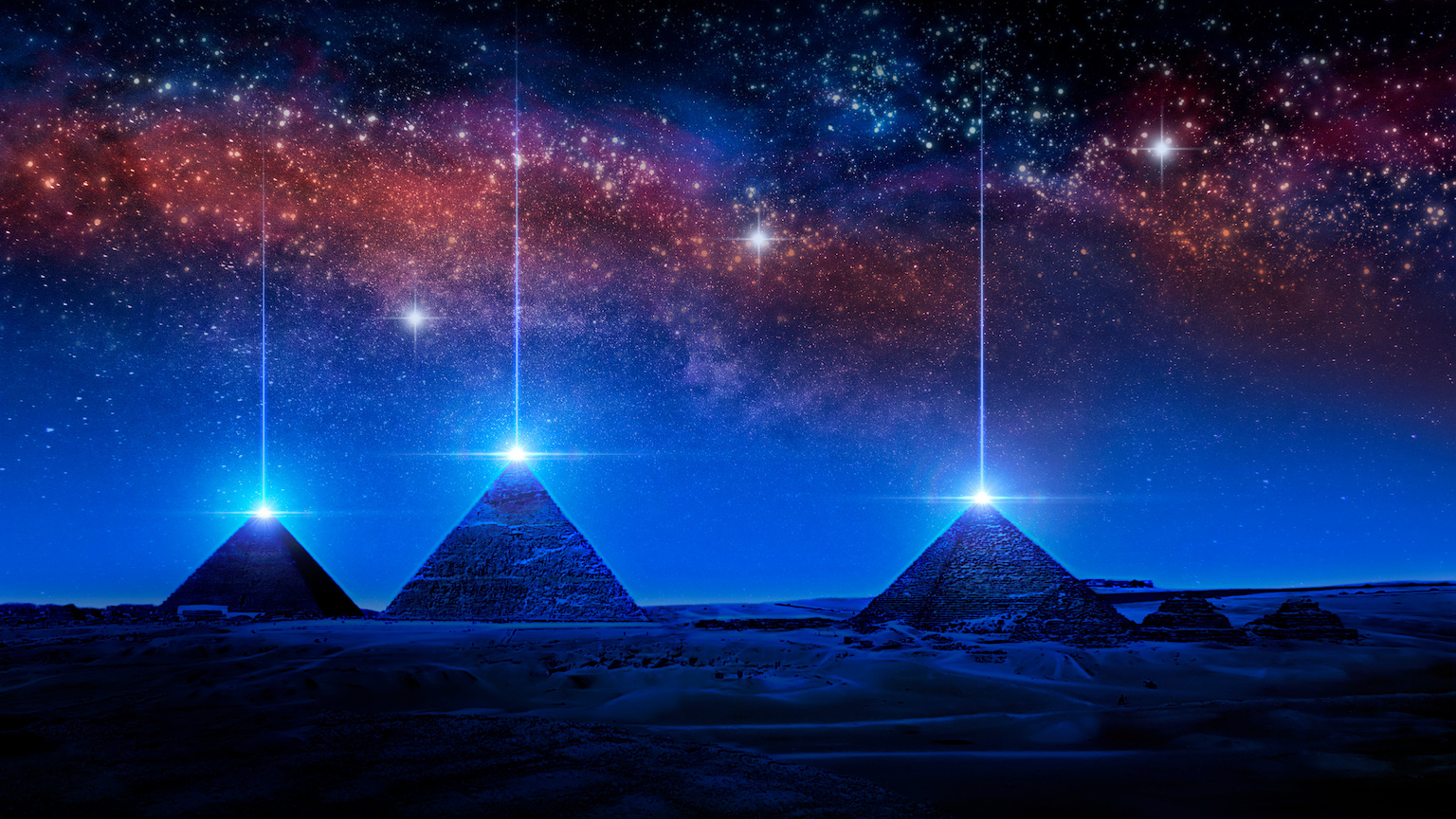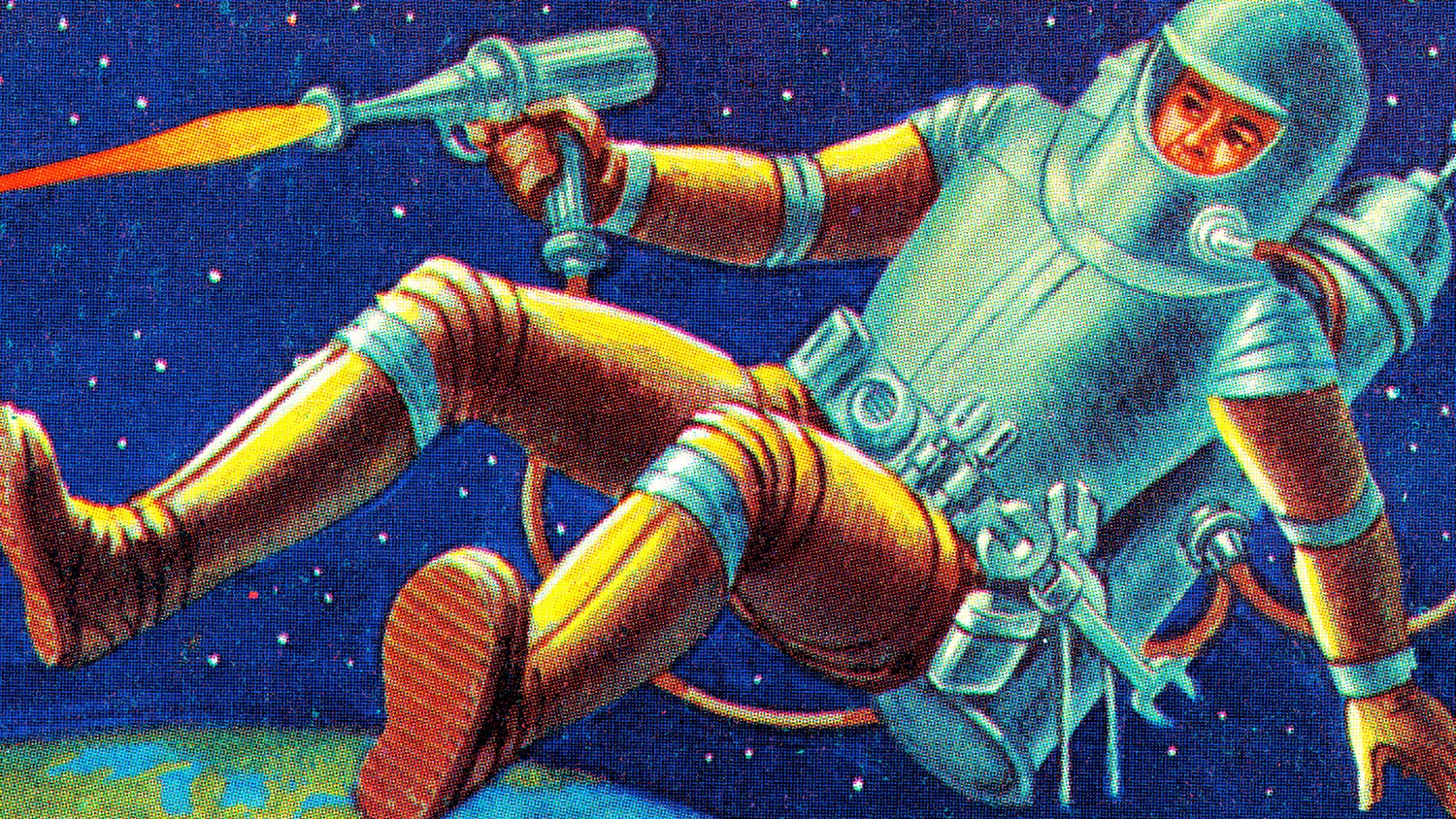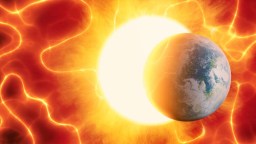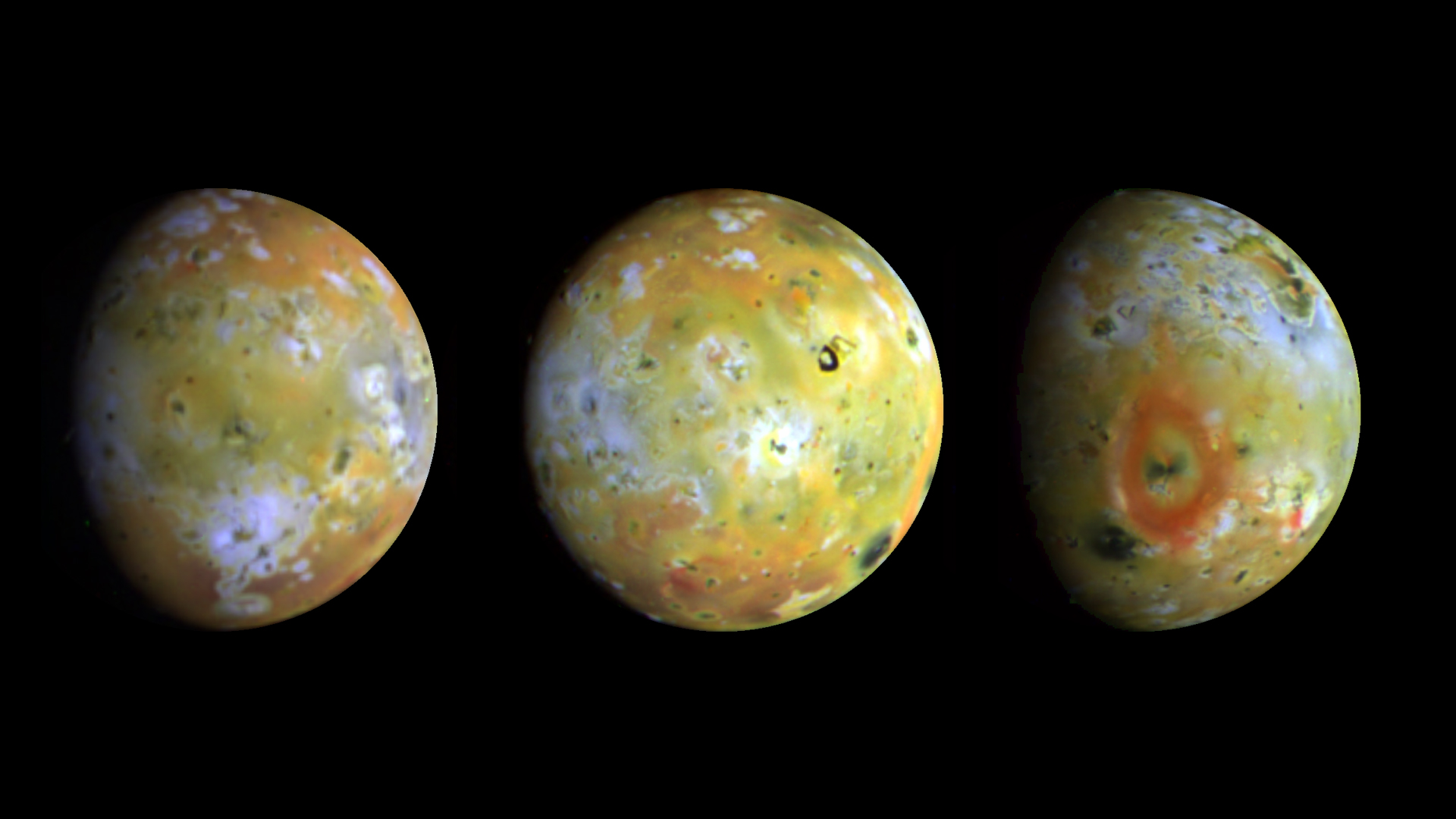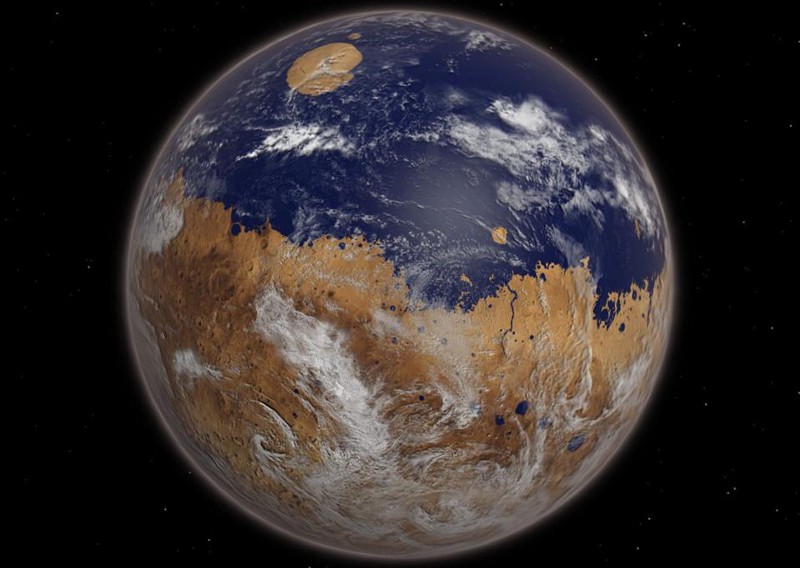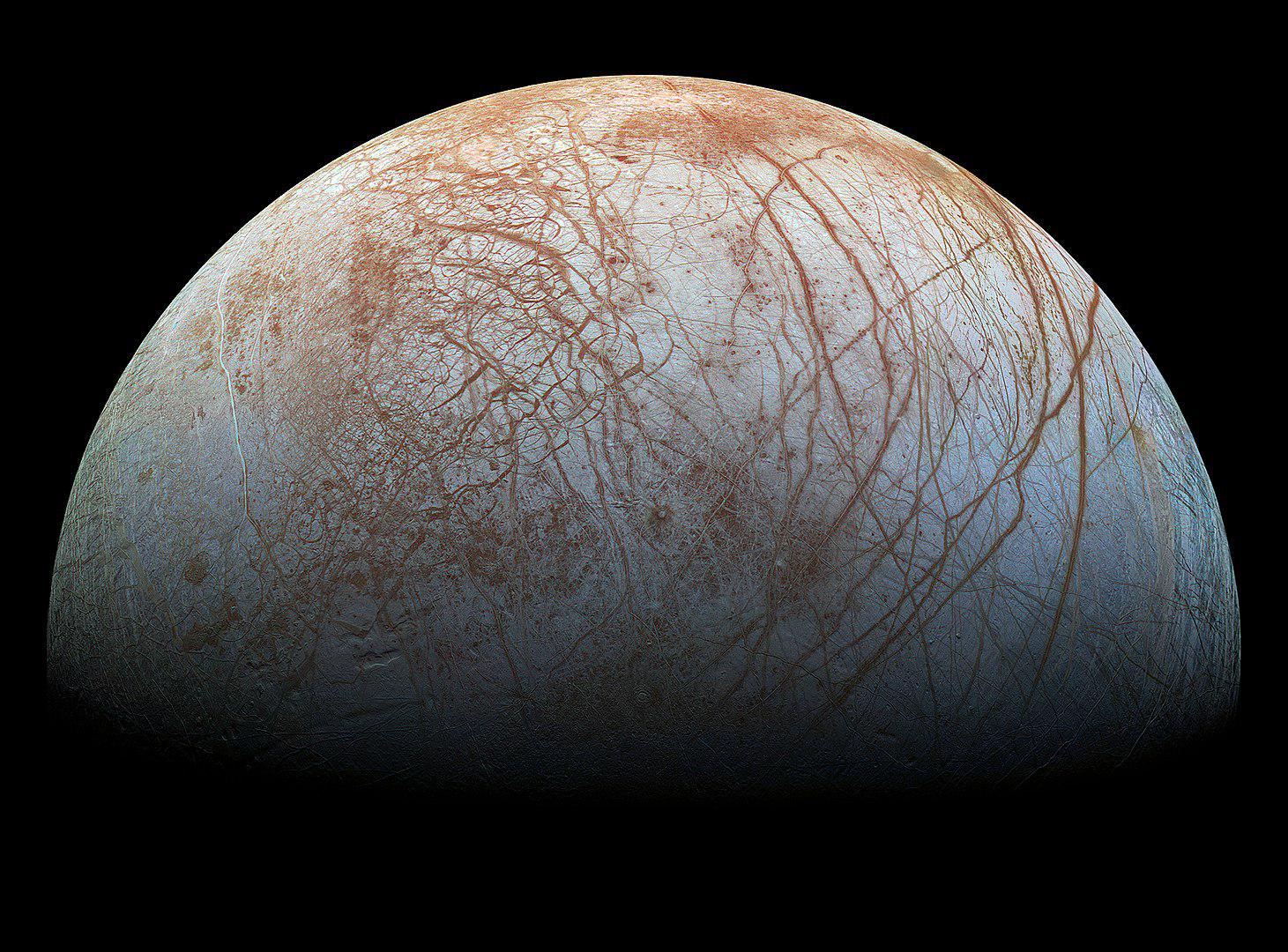Purely physical and chemical processes can deceive us into thinking that life is present, when it actually is not.
Search Results
You searched for: Mars
Despite the enormous mass of the Earth, simply depleting our groundwater is changing our axial tilt. Simple Newtonian physics explains why.
Research from NASA reveals Mars’ spectacular volcanic past.
Michio Kaku predicts, among other things, how we’ll build cities on Mars and why cancer will one day be like the common cold.
Some think the reason fundamental scientific revolutions are so rare is because of groupthink. It’s not; it’s hard to mess with success.
The far side of the Moon is incredibly different from the Earth-facing side. 63 years later, we know why the Moon’s faces are not alike.
It is humanity’s biggest step yet into the Solar System.
Coupled with 3D printing, biomining the Moon or Mars with microbes could sustain human colonies without constant re-supply from Earth.
Shortly after planet Earth formed, life took a permanent hold on our surface. But just how common is such an outcome?
Nearly 200 orbital launches are scheduled for 2022.
These startups, space agencies, and aerospace giants are building humanity’s next off-world homes.
The space‑specific neurons in the owl’s specialized auditory brain can do advanced math.
Communication with home will be difficult on long-haul space flights. The longer this isolation goes on, the more detached a crew becomes.
Preventing scurvy is not just a problem in the Antarctic.
Based on the atoms that they’re made out of, the innermost planet should always be the densest. Here’s why Earth beats Mercury, hands down.
Google maps won’t guide you to Mars – but will your compass work in space?
▸
with
Nobody actually knows what will come of AI. But we can console ourselves with the knowledge that nobody has ever really known anything about the future.
The boiling new world, which zips around its star at ultraclose range, is among the lightest exoplanets found to date.
We give it the flight plan, and it takes care of the rest. It has to. Here’s why. No matter how advanced our technology becomes, there are certain limits that can […]
Speculation about the existence of aliens goes all the way back at least to the Greek philosophers. Their arguments will sound familiar.
Humanity is never fully in control of its creations. This lesson from Mary Shelley has remained relevant for over 200 years.
“Isn’t it enough to see that a garden is beautiful without having to believe that there are fairies at the bottom of it too?”
Humanity can avoid catastrophe — if we look beyond our blinkered present.
In the spirit of the 1969 moon landing, we now have a golden opportunity to pursue “nondisruptive” creative solutions.
Astrophysicist Michelle Thaller explains how a solar storm could wipe out civilization… and what we can do to prevent catastrophe.
▸
5 min
—
with
Scientists have long puzzled over how Mars, a cold and dry planet, was once warm enough to support liquid water.
On Earth, microbial growth is common in lava tubes no matter the location and climate, whether it’s ice-volcano interactions in Iceland or hot, sand-floored lava tubes in Saudi Arabia.
While Mars is known as a frozen, red planet today, it has all the evidence we could ask for of a watery past, lasting for approximately the first 1.5 billion […]
The findings include signs of flash flooding that carried huge boulders downstream into the lakebed.
Water is vital for life. Luckily for spacefaring humans, the solar system is full of it.

